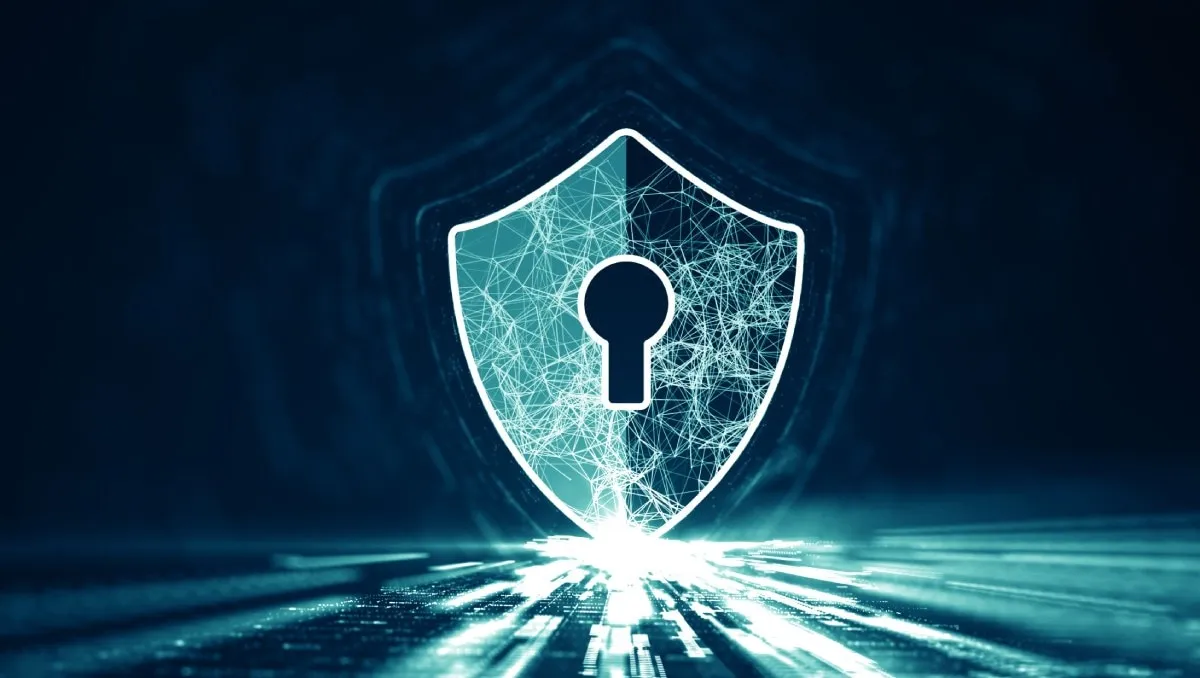Right to Disconnect Legislation and Its Impact on Cybersecurity

Right to Disconnect legislation challenges the cybersecurity industry significantly. New research shows that nearly half of security incidents occur outside of standard working hours, contributing to stress and burnout among professionals. Organizations need to adapt their strategies to ensure cybersecurity is upheld while respecting the boundaries set by this legislation. It’s crucial for workplaces to find a balance that protects both employee well-being and the integrity of their systems.
Industry Response to Legislation
Companies must implement robust protocols, utilizing advanced technologies that operate seamlessly irrespective of whether staff is online or offline. This may include enhanced incident detection systems and a strong emphasis on employee training.
- Enhanced incident response plans
- Automation to cover off-hours
- Regular cybersecurity training
Conclusion: A Changing Landscape
As we foresee the rise of more organizations adopting the Right to Disconnect, cybersecurity strategies must evolve simultaneously. By prioritizing employee rights without compromising security, organizations can find a path forward in this new landscape.
This article was prepared using information from open sources in accordance with the principles of Ethical Policy. The editorial team is not responsible for absolute accuracy, as it relies on data from the sources referenced.